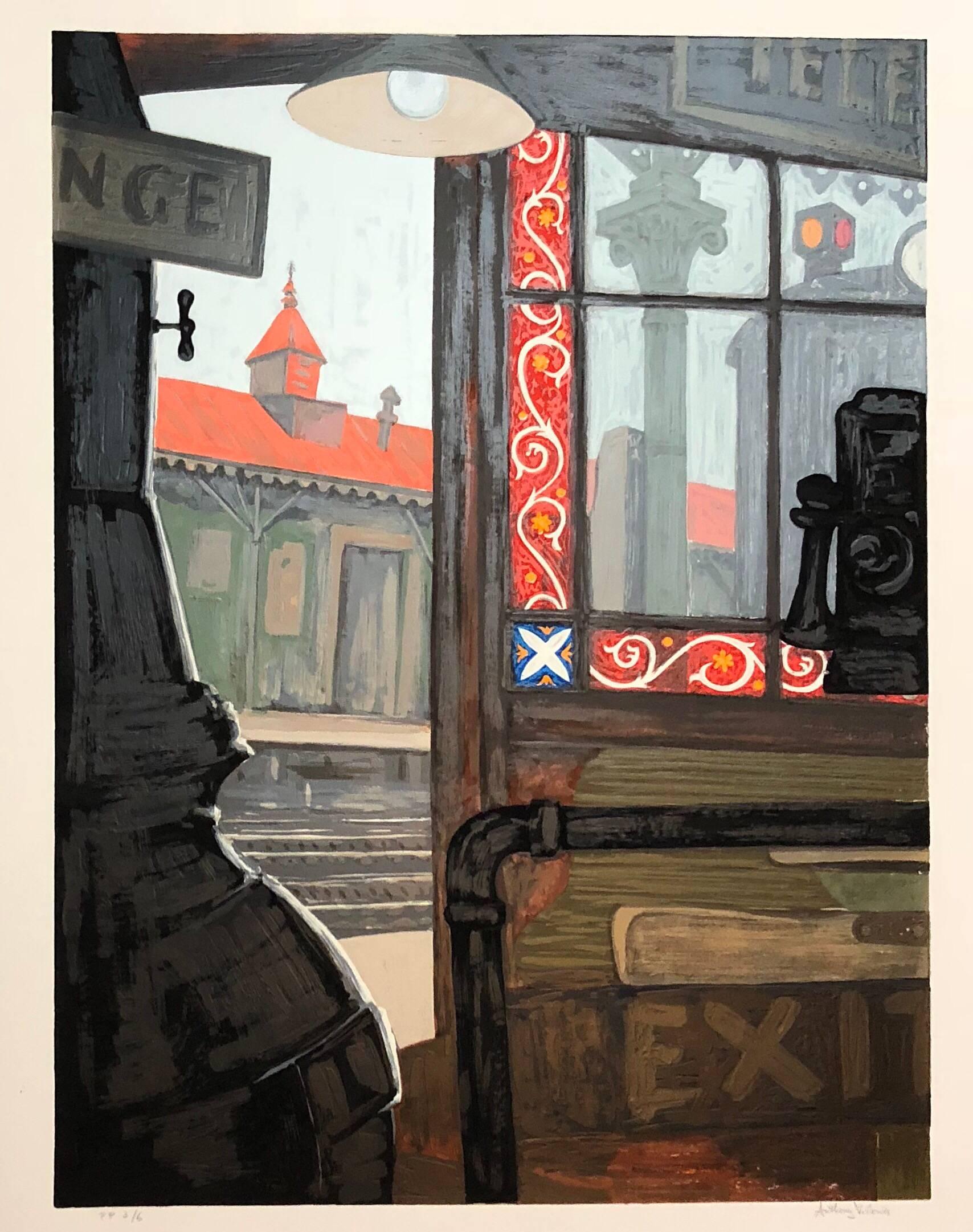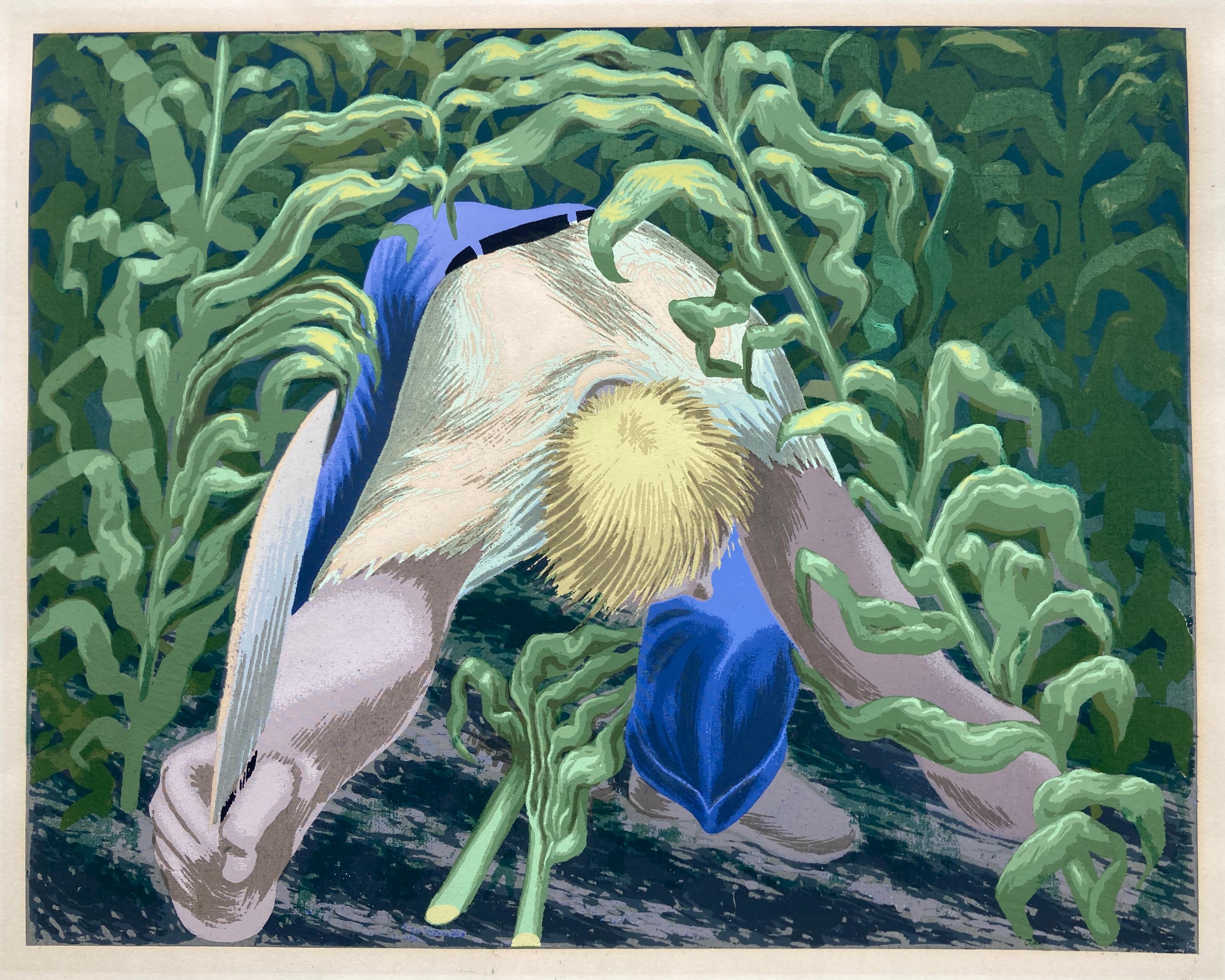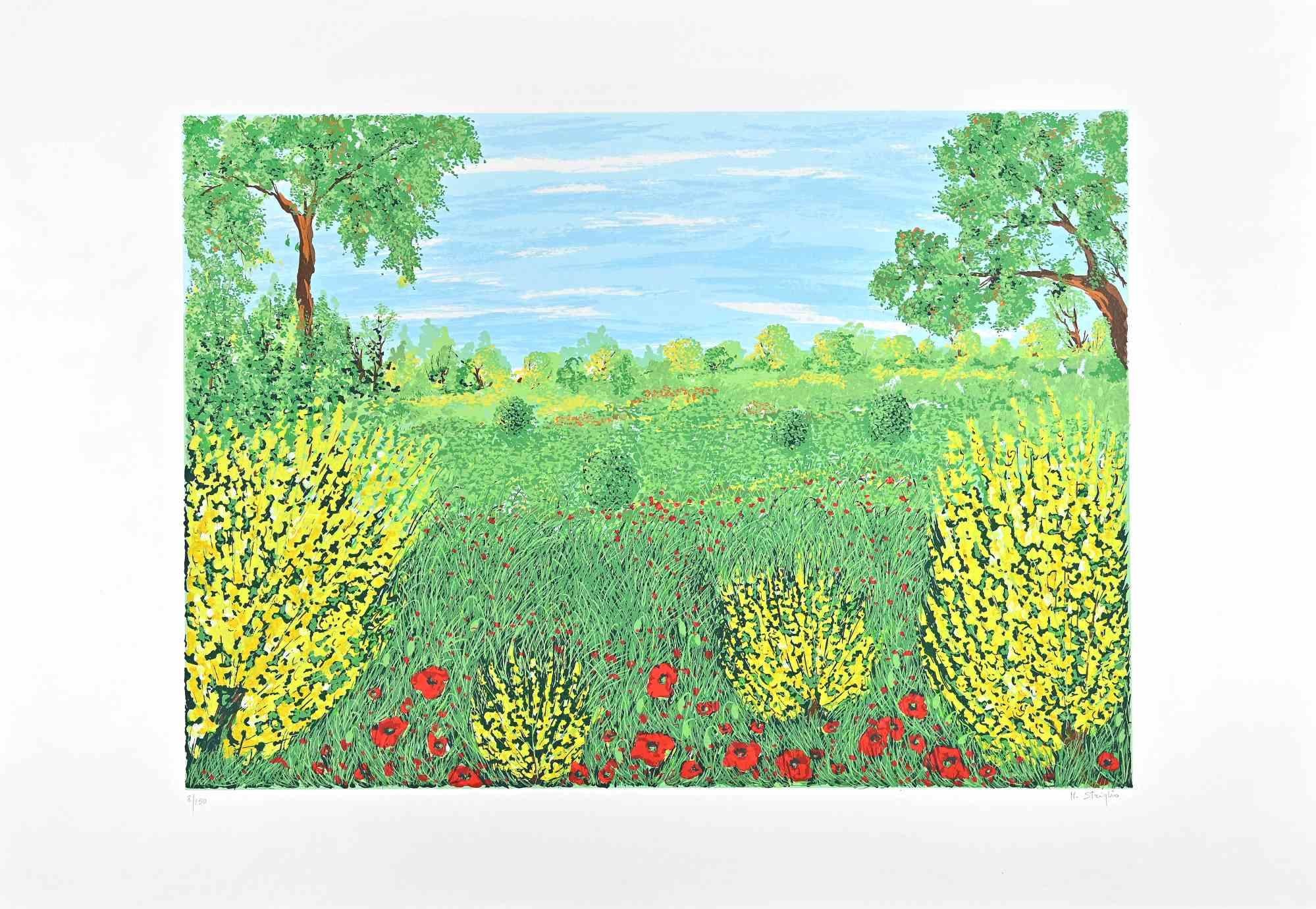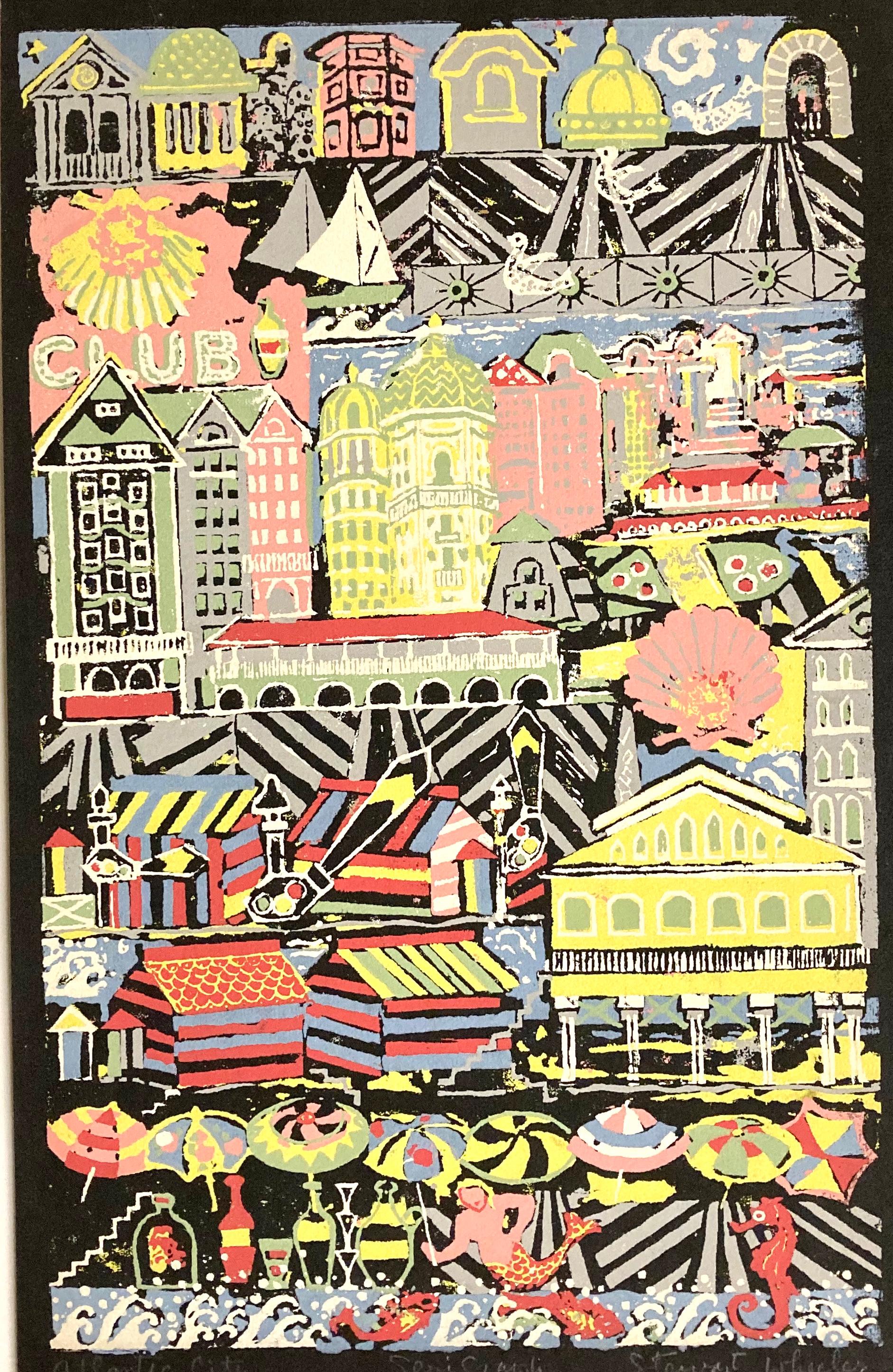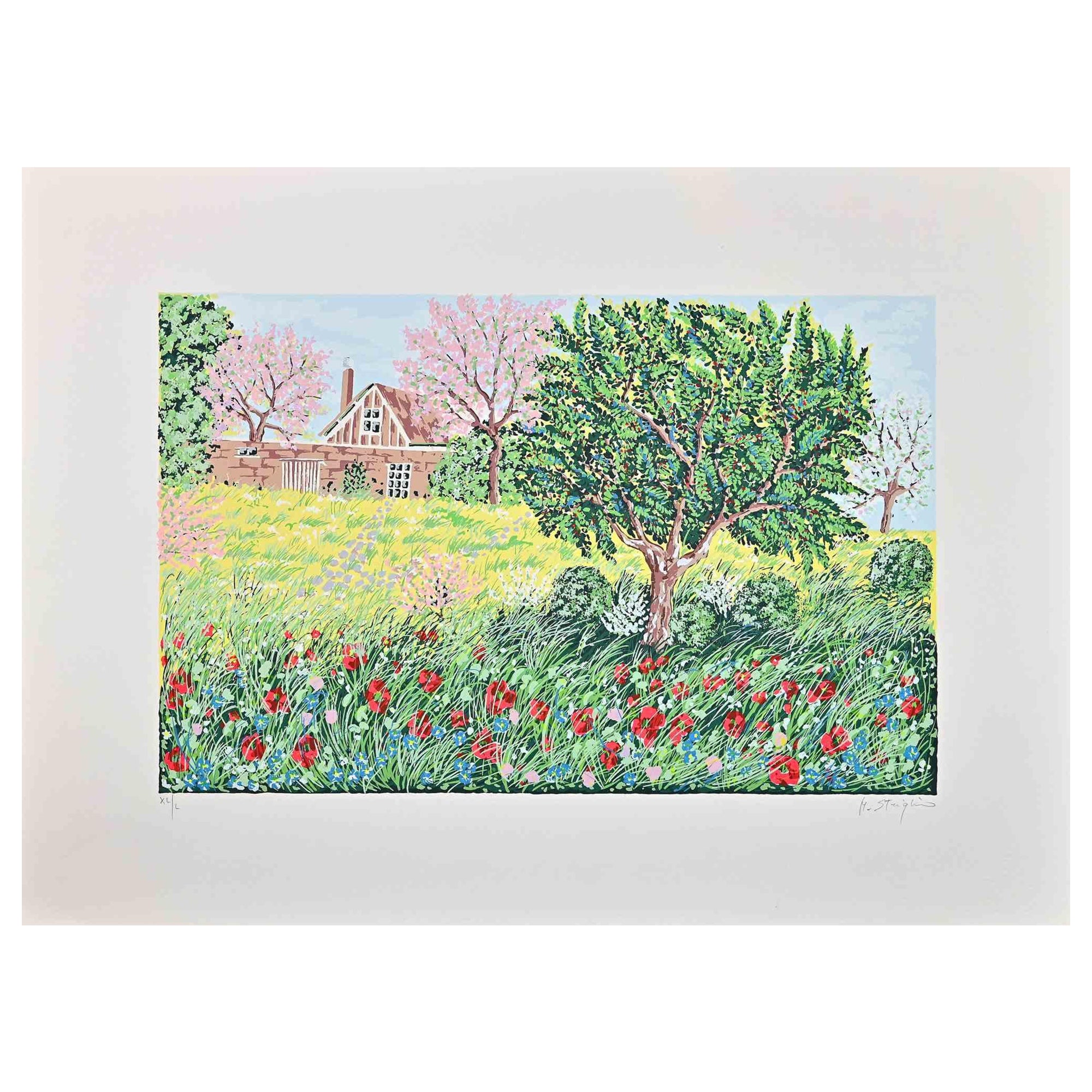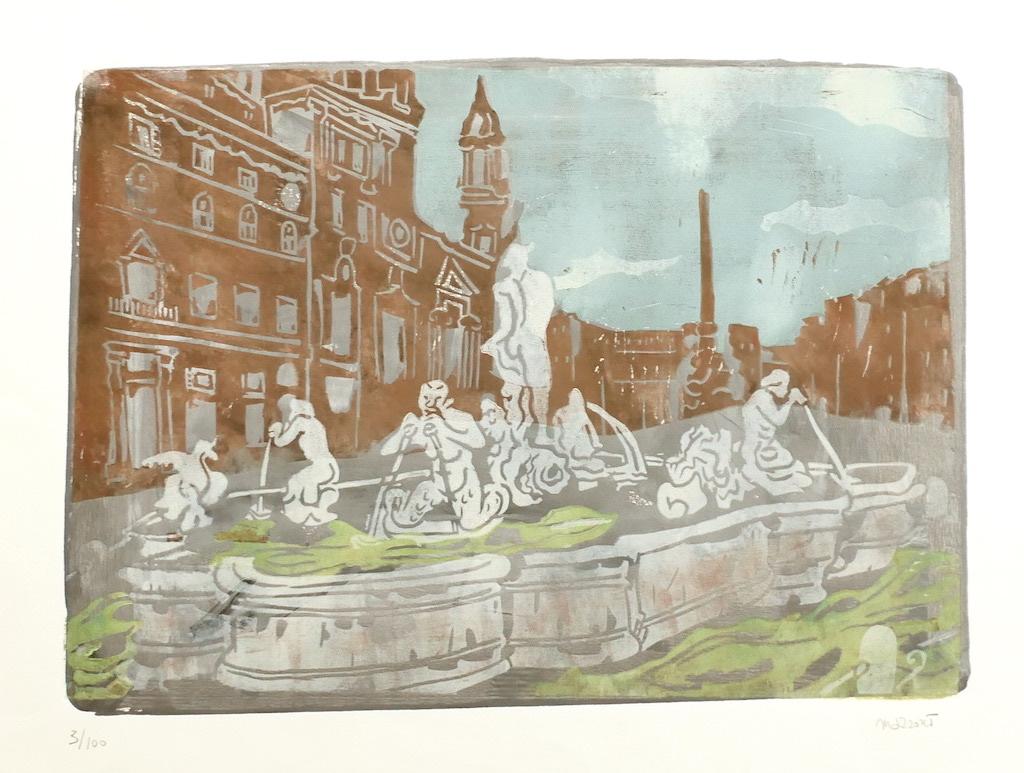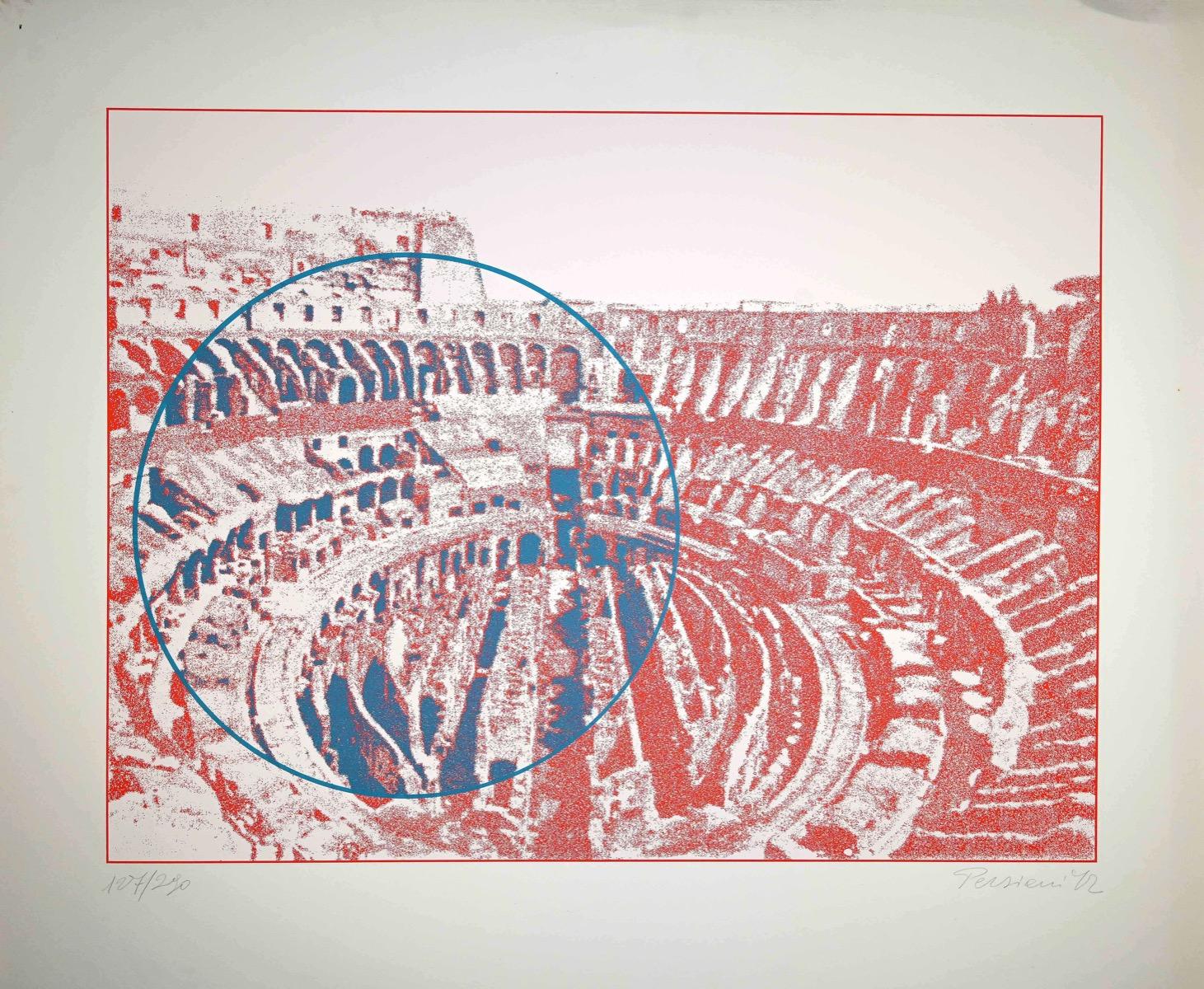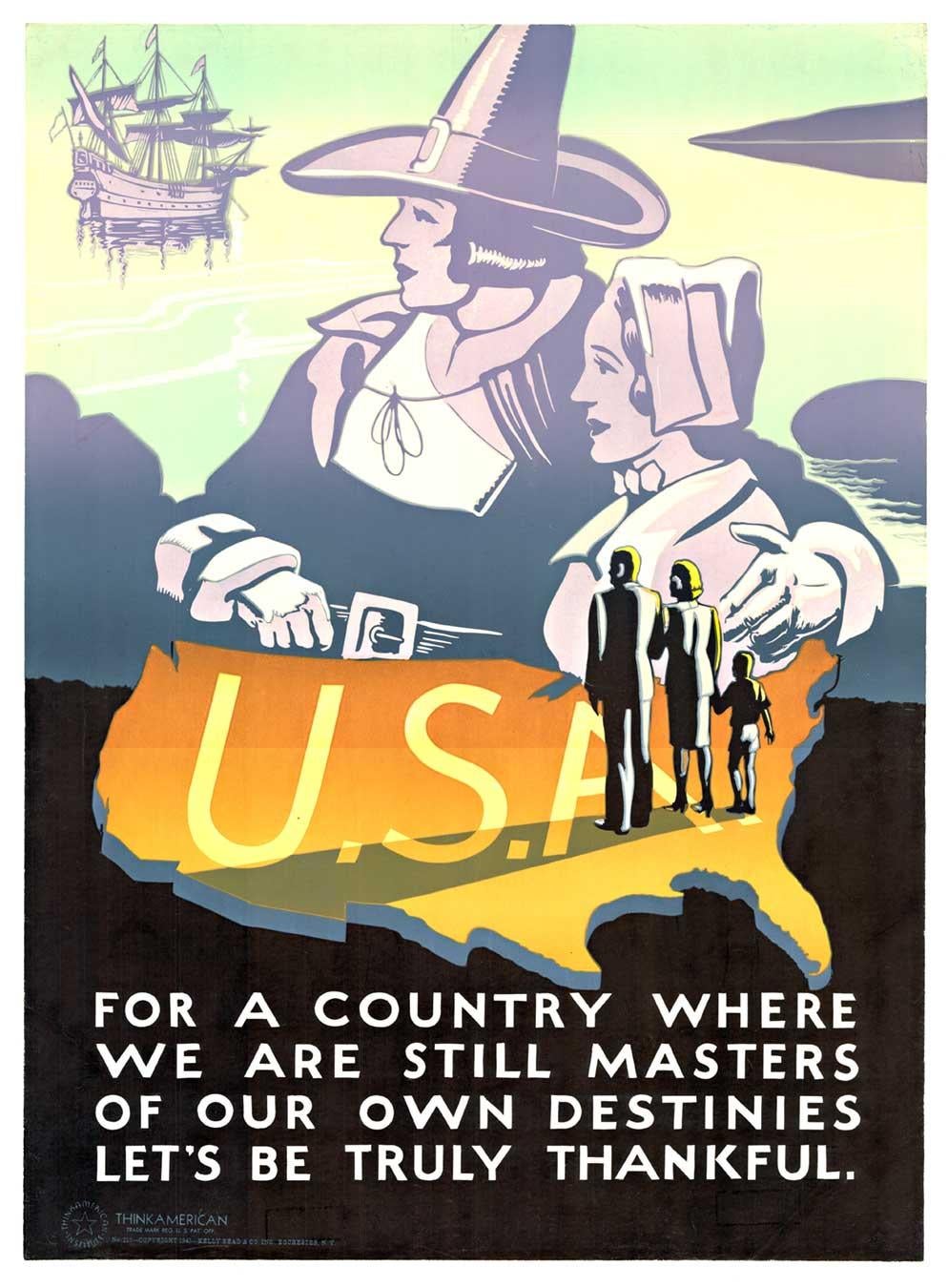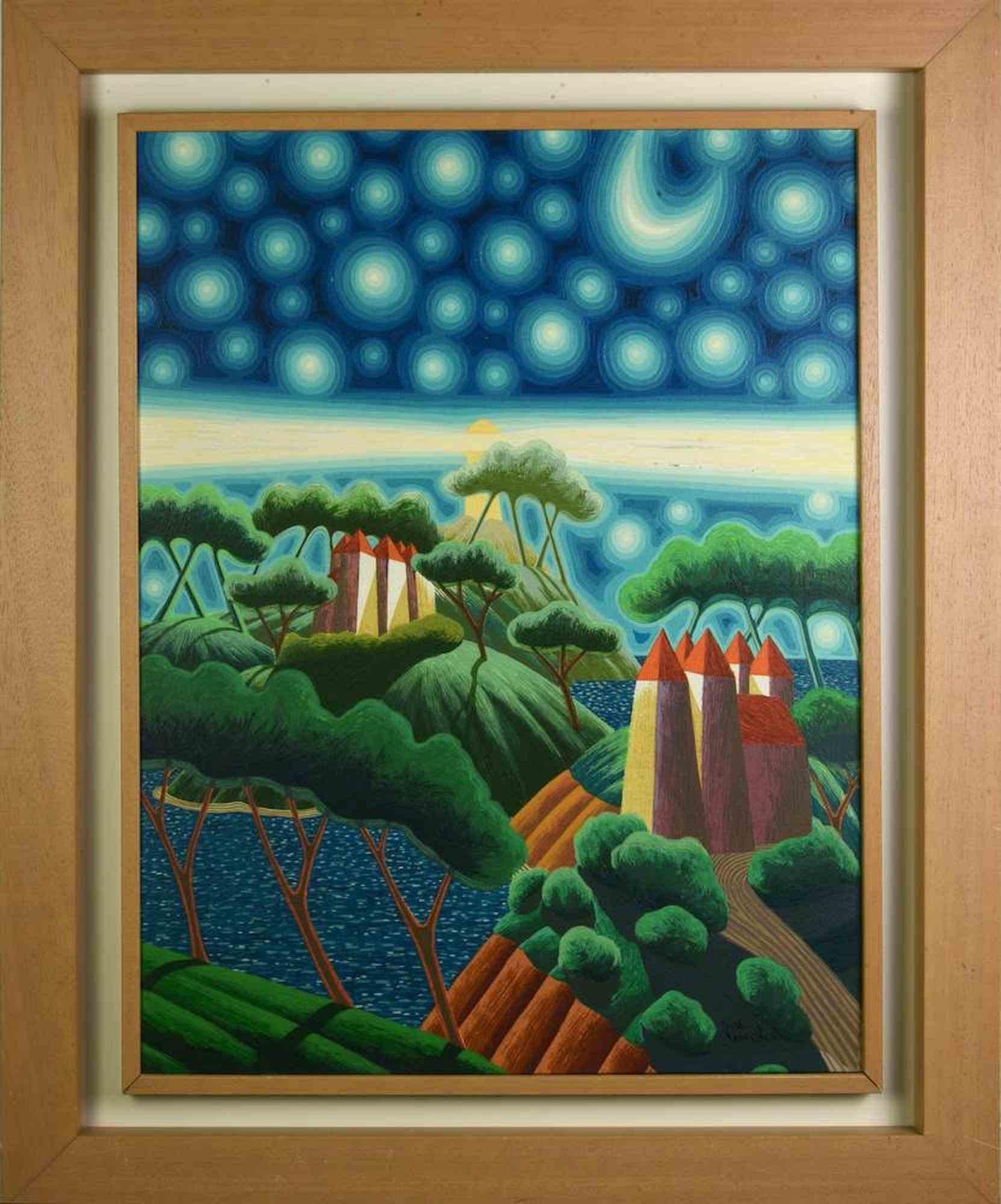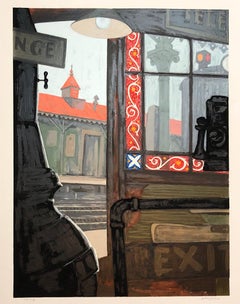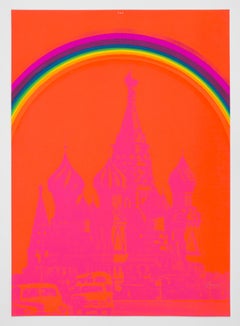
Pax - Moscow
View Similar Items
1 of 5
Otto PienePax - Moscow1969-1970
1969-1970
About the Item
- Creator:Otto Piene (1928 - 2014, German)
- Creation Year:1969-1970
- Dimensions:Height: 35.04 in (89 cm)Width: 25.01 in (63.5 cm)
- Medium:
- Movement & Style:
- Period:
- Condition:
- Gallery Location:Antwerp, BE
- Reference Number:1stDibs: LU151227906762
You May Also Like
- Calle De La Ermita, Valencia SpainBy Guido LopezLocated in Soquel, CABright and bold screen print by Spanish artist Guido Lopez (Spain, 20th century). Signed and titled, "Guido Lopez", 12/150. Unframed. Image 22.5"H x 25"L, Mat 31"H x 34.25"L.Category
Early 2000s Modern Figurative Prints
MaterialsScreen
- Meadow with Poppies - Screen Print by Maddalena Striglio - Late 20th centuryLocated in Roma, ITMeadow with Poppies is a very brightly colored screen print realized by the contemporary Italian artist Maddalena Striglio in the late 20th Century. Hand-signed in pencil on the lo...Category
Late 20th Century Modern Landscape Prints
MaterialsScreen
- Modernist Silkscreen Screenprint 'El Station, Interior' NYC Subway, WPA ArtistBy Anthony VelonisLocated in Surfside, FLscreenprint printed in color ink on wove paper. New York City subway station interior. Anthony Velonis (1911 – 1997) was an American painter and designer born in New York City who helped introduce the public to silkscreen printing in the early 20th century. While employed under the federal Works Progress Administration, WPA during the Great Depression, Velonis brought the use of silkscreen printing as a fine art form, referred to as the "serigraph," into the mainstream. By his own request, he was not publicly credited for coining the term. He experimented and mastered techniques to print on a wide variety of materials, such as glass, plastics, and metal, thereby expanding the field. In the mid to late 20th century, the silkscreen technique became popular among other artists such as Robert Rauschenberg and Andy Warhol. Velonis was born into a relatively poor background of a Greek immigrant family and grew up in the tenements of New York City. Early on, he took creative inspiration from figures in his life such as his grandfather, an immigrant from the mountains in Greece, who was "an ecclesiastical painter, on Byzantine style." Velonis attended James Monroe High School in The Bronx, where he took on minor artistic roles such as the illustration of his high school yearbook. He eventually received a scholarship to the NYU College of Fine Arts, into which he was both surprised and ecstatic to have been admitted. Around this time he took to painting, watercolor, and sculpture, as well as various other art forms, hoping to find a niche that fit. He attended NYU until 1929, when the Great Depression started in the United States after the stock market crash. Around the year 1932, Velonis became interested in silk screen, together with fellow artist Fritz Brosius, and decided to investigate the practice. Working in his brother's sign shop, Velonis was able to master the silkscreen process. He reminisced in an interview three decades later that doing so was "plenty of fun," and that a lot of technology can be discovered through hard work, more so if it is worked on "little by little." Velonis was hired by Mayor LaGuardia in 1934 to promote the work of New York's city government via posters publicizing city projects. One such project required him to go on a commercial fishing trip to locations including New Bedford and Nantucket for a fortnight, where he primarily took photographs and notes, and made sketches. Afterward, for a period of roughly six months, he was occupied with creating paintings from these records. During this trip, Velonis developed true respect and affinity for the fishermen with whom he traveled, "the relatively uneducated person," in his words. Following this, Velonis began work with the Public Works of Art Project (PWAP), an offshoot of the Civil Works Administration (CWA), where he was assigned to serve the different city departments of New York. After the formation of the federal Works Progress Administration, which hired artists and sponsored projects in the arts, he also worked in theater. Velonis began working for the federal WPA in 1935. He kept this position until 1936 or 1938, at which point he began working in the graphic art division of the Federal Art Project, which he ultimately led. Under various elements of the WPA program, many young artists, writers and actors gained employment that helped them survive during the Depression, as well as contributing works that created an artistic legacy for the country. When interviewed in December 1994 by the Library of Congress about his time in the WPA, Velonis reflected that he had greatly enjoyed that period, saying that he liked the "excitement" and "meeting all the other artists with different points of view." He also said in a later interview that "the contact and the dialogue with all those artists and the work that took place was just invaluable." Among the young artists he hired was Edmond Casarella, who later developed an innovative technique using layered cardboard for woodcuts. Velonis introduced silkscreen printing to the Poster Division of the WPA. As he recalled in a 1965 interview: "I suggested that the Poster division would be a lot more productive and useful if they had an auxiliary screen printing project that worked along with them. And apparently this was very favorably received..." As a member of the Federal Art Project, a subdivision of the WPA, Velonis later approached the Public Use of Arts Committee (PUAC) for help in "propagandizing for art in the parks, in the subways, et cetera." Since the Federal Art Project could not be "self-promoting," an outside organization was required to advertise their art more extensively. During his employment with the Federal Art Project, Velonis created nine silkscreen posters for the federal government. Around 1937-1939 Velonis wrote a pamphlet titled "Technical Problems of the Artist: Technique of the Silkscreen Process," which was distributed to art centers run by the WPA around the country. It was considered very influential in encouraging artists to try this relatively inexpensive technique and stimulated printmaking across the country. In 1939, Velonis founded the Creative Printmakers Group, along with three others, including Hyman Warsager. They printed both their own works and those of other artists in their facility. This was considered the most important silkscreen shop of the period. The next year, Velonis founded the National Serigraph Society. It started out with relatively small commercial projects, such as "rather fancy" Christmas cards that were sold to many of the upscale Fifth Avenue shops...Category
1980s American Modern Figurative Prints
MaterialsScreen
- PULLING CORN (FODDER HOPPER) - Scarce Print!By Bernard Joseph SteffenLocated in Santa Monica, CABERNARD (JOSEPH) STEFFEN (1907 – 1980) PULLING CORN (FODDER HOPPER) c. 1935-45 Color serigraph signed with a full signature below the image at the lower right sheet edge . Unknown e...Category
1930s Modern Landscape Prints
MaterialsScreen
- Explosive Spring - Original Screen print by Maddalena Striglio-Late 20th centuryLocated in Roma, ITExplosive Spring is a very brightly colored screen print realized by the contemporary Italian artist Maddalena Striglio in the late 20th Century. Hand-signed in pencil on the lower...Category
Late 20th Century Modern Figurative Prints
MaterialsScreen
- Stewart Wheeler, Atlantic City (New Jersey)Located in New York, NYThe little that is know about the painter and printmaker Stewart Wheeler indicates that most of his career was spent in Philadelphia, Pennsylvania. And...Category
Mid-20th Century American Modern Landscape Prints
MaterialsScreen
Recently Viewed
View AllMore Ways To Browse
Pax Used
Vintage Pax
Bernard Cathelin On Sale
Berengo Gardin
David Loggan Trinity
Ski Taos
Richard Haas On Sale
Retro Mammoth Mountain
William Seltzer Rice On Sale
Whistler Limehouse
Pub Tables Native American
Gianni Berengo
Globe Terrestre
Jiang Tie Feng On Sale
Maurice de Vlaminck On Sale
Marian Hebert
Merry Beaglers
Ella Fort On Sale


